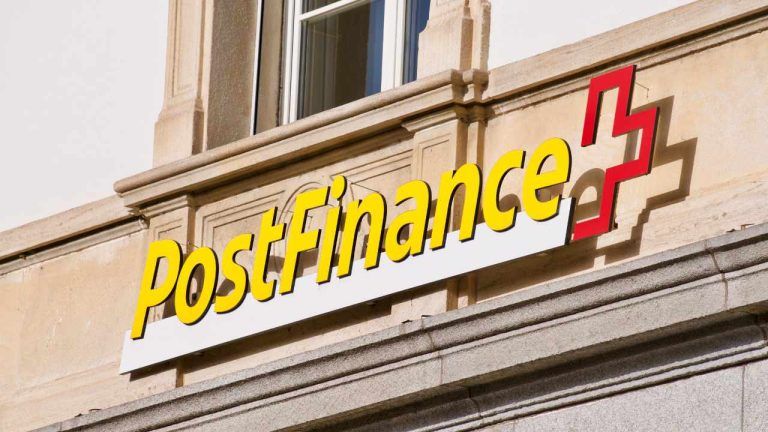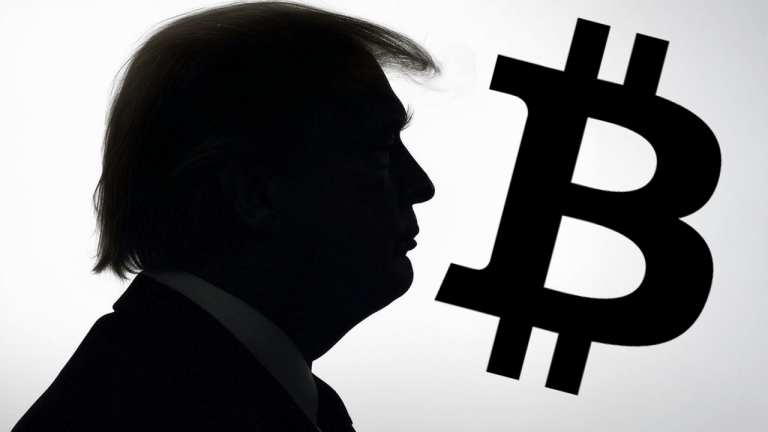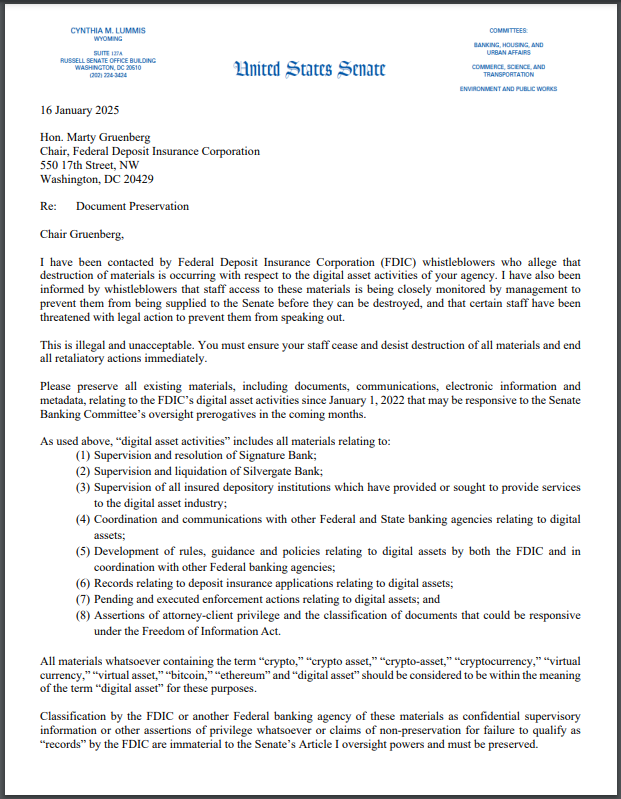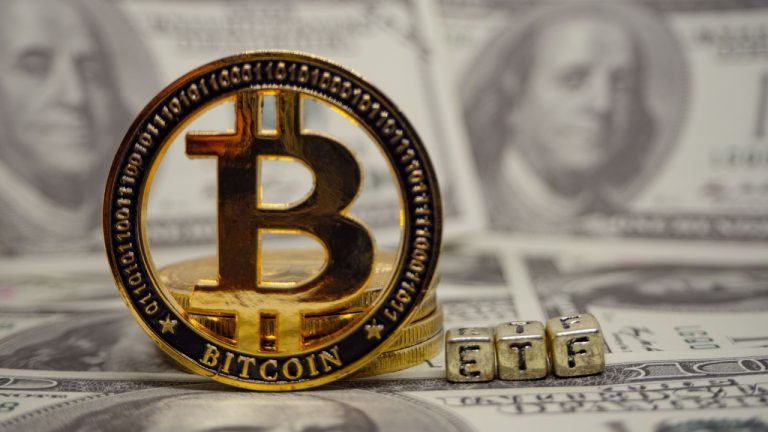
Airdrops can be a great way to engage communities, but they also come with risks — from Sybil attacks to potential regulatory liability.
Airdrops have emerged as a powerful tool for token distribution, user acquisition and community building as the blockchain industry has grown. They provide a unique opportunity for projects to distinguish themselves, incentivize desired behaviors and foster long-term relationships with their user base. But the question remains: Do airdrops work?
Based on my prior research in the Journal of Corporate Finance, the answer — at least according to the data so far — is “yes.” But my new research with Kristof Lommers and Lieven Verboven highlights that their efficacy hinges on thoughtful design, clear objectives and strategic execution.
At the heart of a successful airdrop lies the careful selection of eligibility criteria and incentives. These criteria can range from simple (like owning a specific token) to more complex (like exhibiting certain behaviors on-chain), but they should be aligned with the airdrop’s objectives. For instance, if the goal is to reward loyal users, then the eligibility criteria could include users who have held a certain token for a specific period. Similarly, if the aim is to promote a new protocol, then the criteria could be interacting with it.
Related: Should Bored Ape buyers be legally entitled to refunds?
Incentives, on the other hand, can take various forms — from direct token rewards to exclusive access to new features or services. The key is to strike a balance between being attractive enough to engage users and remaining economically viable for the project. For example, the Blur airdrop integrated social media activity into its eligibility criteria. Instead of just providing tokens to existing users or holders of a certain token, Blur incentivized users to share the airdrop on social media platforms and encouraged referrals among their networks to gain extra tokens. This method not only broadened the reach of its airdrop but also fostered a sense of community as users actively participated in spreading the word about Blur.
Timing also plays a crucial role. Launching an airdrop too early in a project’s lifecycle might lead to token distribution among users who lack genuine interest, while a late-stage airdrop might fail to generate the desired buzz. The optimal timing often coincides with a project’s token launch, creating initial distribution and liquidity. As prior research by Yukun Liu and Aleh Tsyvinski highlighted, momentum in the market plays a big role in explaining token prices.

However, airdrops are not without their challenges. One of the most serious risks is Sybil attacks, where malicious actors create multiple identities to claim a disproportionate share of tokens. Mitigating this risk requires a blend of strategies, including upfront whitelisting of users, raising barriers to entry and implementing Sybil attack detection mechanisms.
Especially in the past two years, projects must take into account the regulatory environment. Although nonfungible tokens (NFTs) have been largely exempt from strict regulatory enforcement action by the Securities and Exchange Commission, fungible tokens have been more in their line of sight, and the distribution of tokens coupled with an expectation of future profit could increase legal risk. Given the regulatory gray zone around tokens, projects must ensure they’re not inadvertently issuing securities. And with most large blockchain networks being public, privacy concerns may arise, potentially revealing sensitive information about airdrop recipients.
So, how much of a token supply should be allocated to an airdrop? There’s no one-size-fits-all answer. A project’s unique goals and strategies should guide this decision. However, research indicates that teams allocate 7.5% of their token supply to community airdrops on average.
One of the often-overlooked aspects of airdrops is their potential to harness the power of network effects. By incentivizing sharing, airdrops can amplify their impact, attracting more users to a project’s ecosystem and creating a self-reinforcing cycle of growth and value creation.
Related: There’s a simple formula for adding crypto to your portfolio
A final consideration to keep in mind is the simplicity of the airdrop. Convoluted eligibility criteria will confuse people — even if it is intelligently and rationally designed. An airdrop should be a straightforward and enjoyable experience for users, particularly for non-crypto natives. Collaborating with wallet providers can simplify the process for such users, making the airdrop more accessible and attractive.
A good analogy is in the context of monetary policy. When the United States Federal Reserve articulates simple policy rules about how it will deal with inflation, and then sticks to them, markets react much more positively than when it deviates from rules. The same is true with airdrops: Design them carefully, but keep them simple and transparent.
Airdrops can indeed work wonders when designed and executed well. They offer an exciting avenue for projects to stand out in the crowded blockchain landscape, encouraging user engagement and community development.
But their success is not a matter of chance — it’s a product of thoughtful design, clear objectives and strategic execution. Especially as many potential airdrops loom on the horizon with Sei Network, Sui, Aptos and more, understanding and harnessing the power of airdrops will become increasingly crucial for projects aiming to thrive in this dynamic space.
This article is for general information purposes and is not intended to be and should not be taken as legal or investment advice. The views, thoughts and opinions expressed here are the author’s alone and do not necessarily reflect or represent the views and opinions of Cointelegraph.

You can get bonuses upto $100 FREE BONUS when you:
💰 Install these recommended apps:
💲 SocialGood - 100% Crypto Back on Everyday Shopping
💲 xPortal - The DeFi For The Next Billion
💲 CryptoTab Browser - Lightweight, fast, and ready to mine!
💰 Register on these recommended exchanges:
🟡 Binance🟡 Bitfinex🟡 Bitmart🟡 Bittrex🟡 Bitget
🟡 CoinEx🟡 Crypto.com🟡 Gate.io🟡 Huobi🟡 Kucoin.




















Comments